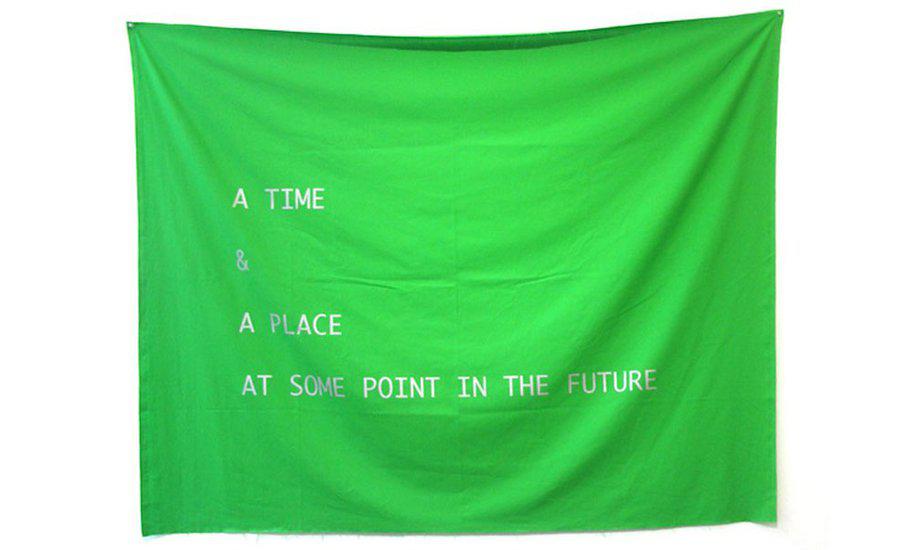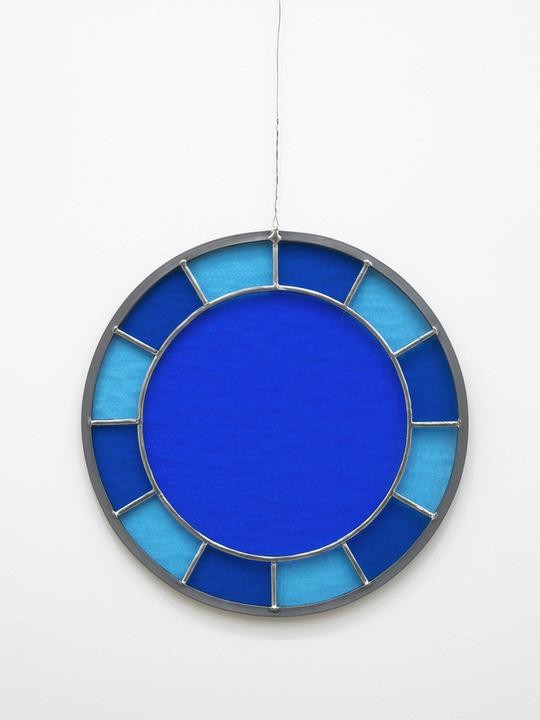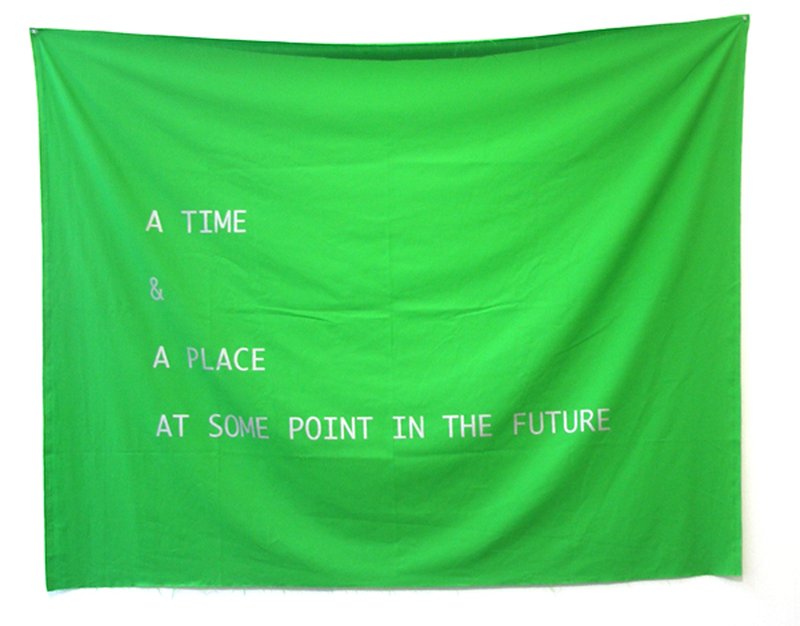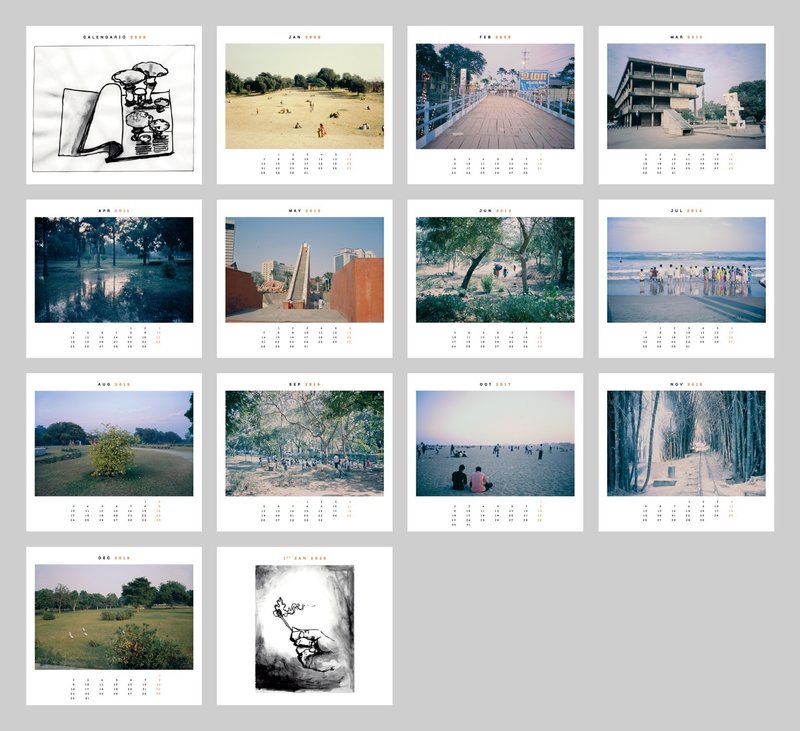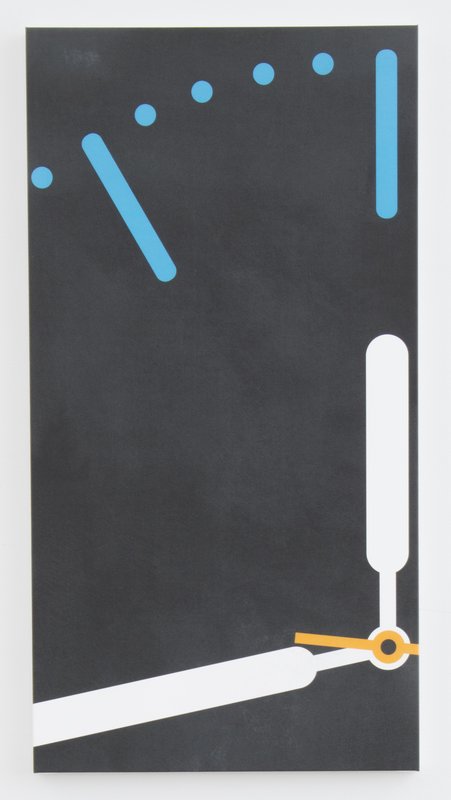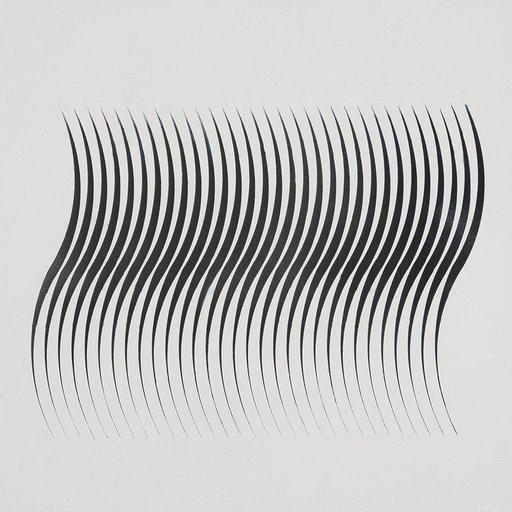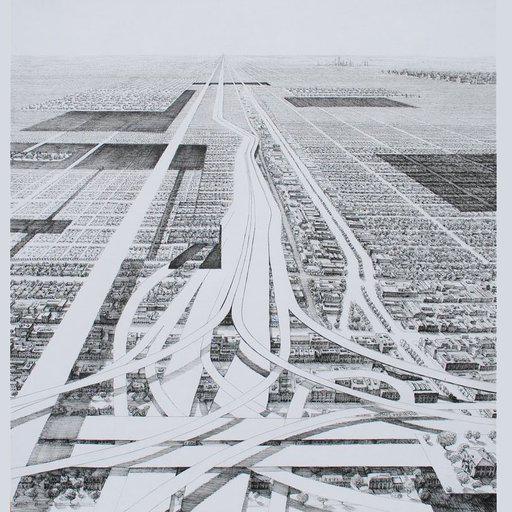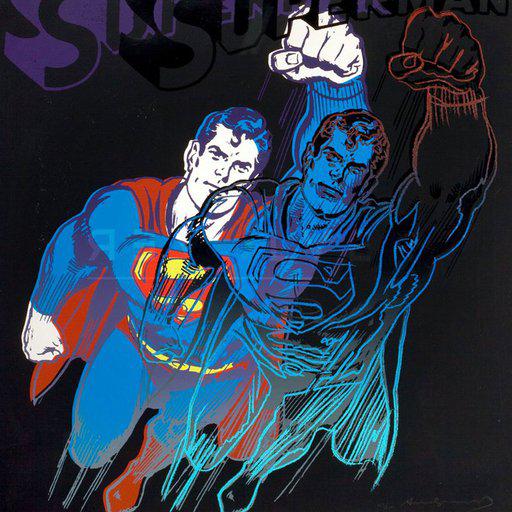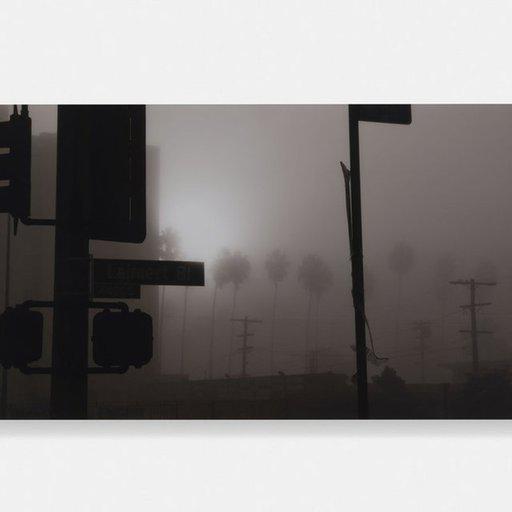“Time is invention and nothing else”. These are the words of the 20th century French philosopher Henri Bergson, but they might also have been spoken by an adherent of 21st century block universe theory, which maintains that time is nothing but a human construct, which we employ to differentiate between the present and what we perceive to be the past.
As the Massachusetts Institute of Technology physicist Max Tegmark has said: “We can portray our reality as either a three-dimensional place where stuff happens over time, or as a four-dimensional place where nothing happens (a ‘block universe’). If it really is the second picture, then change really is an illusion, because there’s nothing that’s changing; it’s all just there – past, present, future”.
And yet, despite the red pills offered up by both philosophy and physics, the fact remains that the passage of time – illusory as it may well be – feels stubbornly real. This “invention” defines our being like no other, associated as it is with our concepts of memory, history, cause and effect, and our knowledge that we will one day die. As such, it has sparked numerous masterpieces across art’s long history, from Agnolo Bronzino’s painting Venus, Cupid, Folly and Time (1545) to Salvador Dali’s canvas The Persistence of Memory (1931) to Christian Marclay’s extraordinary, 24-hour long film-cum-timepiece The Clock (2010).
Here, we gather together six works by contemporary artists that trace time’s arrow. Some are concerned with the past, others with the future, but each of them also speaks to the present – what a block universe theorist might call our permanent now.
Ugo Rondinone, blue blue blue clock (2012)
If it’s a truism that even a stopped clock gives the right time twice a day, then what about a clock with no hands? This is one of several questions posed by the celebrated Swiss artist Ugo Rondinone’s blue blue blue clock, a timepiece whose lead and cathedral glass face is divided into twelve equal segments, but has nothing in the way of a movement to point to a particular hour. And yet, if it does not measure duration, then it certainly registers change. Designed to be suspended in front of a window and illuminated by natural light, this translucent object rejects standardized horological time in favor of a sensitivity to fluctuations in the weather beyond the pane. Each of its three shades of blue glass appear very different on a cloudless summer’s morning than on a blustery winter afternoon.
What would the world be like if we all adopted Rondinone’s clock? Every aspect of contemporary life that depends upon synchronization – factory shifts, train timetables, TV broadcast schedules – would have to be rethought, or perhaps even abandoned. It would become nonsensical to speak of, say, Central European Time, when meteorological conditions differ so markedly between Stockholm and Seville, Rotterdam and Rome. Temporality would become radically localized – something we experience through our eyes, our embodied selves, rather than through reference to the unthinking tick tock of a clock.
Jonathan Monk, Somewhere Soon (2010)
For his iconic series of photographic works Waiting for Famous People (1995-97) , the British conceptual artist Jonathan Monk stood in the arrivals area of an airport, brandishing handwritten signs bearing the names of various noted figures, as though he were a driver meeting them from a flight. While he awaited the arrival of everyone from the global megastar Madonna to the seminal artist John Baldessari, from Samuel Beckett’s perennially anticipated fictional character Godot to the then-recently deceased rocker Curt [sic] Cobain, the camera captured the reactions of the people around him. Some were excited, others indifferent, and still others seemed suspicious that a trick was being played, almost certainly on them.
Monk’s work Somewhere Soon is also much concerned with waiting. Silkscreened on to a green cotton banner are the words “A TIME & A PLACE AT SOME POINT IN THE FUTURE”. This appears to indicate an appointment, but if so it’s one we’d be at a loss to pencil in our diaries. No details of where it will take place are given, nor of precisely when. Because the “FUTURE”, here, is unspecified, it might never arrive in our lifetimes, or might have already passed. Monk points to how our concept of time is structured through language. As Beckett said “words are all we have”, and when these fail us, we experience a disorienting temporal drift.
Zoe Leonard, 1 Hour Photo and Video (2007/2008)
Few things speak so much of the ineluctable passage of time – or of the relentless onward march of consumerism – than recently outmoded technology. Think of the abandoned Blackberry languishing at the back of your desk drawer, or perhaps even of the forgotten iPod rattling about the bottom of your gym bag. Too new to be objects of nostalgia, too clumsy to meet our current, ease-loving needs, such tech occupies a strange space in our lives, existing as a symbol of a future that has already passed.
A similar set of feelings is prompted by the leading American artist Zoe Leonard’s photograph 1 Hour Photo & Video. Here, we are presented with the shuttered, graffiti-daubed front of a store offering what was once a technological miracle: the processing of analogue film in 60 minutes. Now, following the advent of digital photography, it has closed for good. Suddenly, waiting an hour to see one’s snapshots began to feel like waiting a century, a millennium. Miracles – like time itself – are always relative. Notably, Leonard shot this work – and the 411 other images in Analogue, the series to which it belongs – using a vintage 1940s Rolleiflex camera, a tool she has described as being “leftover from the mechanical age”. To the left of her print, we glimpse the black frame edge, a reminder of photography’s physical beginnings, before its apotheosis into the digital realm.
Dominique Gonzalez-Foerster, Calendar for 12 months in 12 years (January 2008-December 2019)
As much as post cards or fridge magnets, artist-themed calendars are a museum gift shop staple, and invariably follow the same format. Take a wildly popular painter (Claude Monet, say), and then peg a seasonally apposite work to each of the twelve calendar months (beginning, perhaps, with the Impressionist’s The Frost, 1885, to represent the year’s chilly start). The French artist Dominique Gonzalez-Foerster’s calendar is an altogether different prospect. Yes, it features images of twelve art works pegged to twelve months, but these months are distributed not across one year, but twelve: January 2008, February 2009, March 2010 and so on. If it lacks something in utility, it more than makes up for this in the way it makes us look at time anew.
Significantly, Gonzalez-Foerster’s twinning of image and month do not always follow Northern European or North American seasonal patterns: October 2017, for example, is represented by photograph of a balmy, perhaps Indian beach at dusk. Leafing through her calendar’s pages, we might wonder what has happened to the ‘missing’ months. Is this an amnesiac’s almanac? Does it belong to a world that blinks in and out of existence, like the fabled Scottish village of Brigadoon? Gonzalez-Foerster – who has had solo exhibitions at such storied institutions as London’s Tate Modern, New York’s Guggenheim Museum and Paris’ Centre Pompidou – has spoken of her interest in “ghosts” and “apparitions”. Perhaps this is why the images in her calendar seem to belong to some other, more spectral temporality.
Sean Paul, Doomsday Watch, 1984 (2017)
Each January since 1947, The Bulletin of Atomic Scientists – a journal founded by former Manhattan Project staffers – has announced the present likelihood of a global nuclear or environmental catastrophe, using the metaphor of the Doomsday Clock. The way it works is terrifyingly simple: the closer this notional timepiece’s hands are to midnight, the nearer we are to the apocalypse. In the 20th century, its readings fluctuated between a high of 23:58 in 1953 (following atomic weapons tests by both America and the Soviet Union), and a low of 23.43 in 1991 (following the end of the Cold War). In January 2020, the Doomsday Clock read 23.58.20, the closest it has come to midnight since its inception. Explaining this, the Bulletin cited increasing tensions between the US and Iran, the lapsing of Reagan/Gorbachev-era missile treaties, and the continued global failure to act on climate change.
In his painting Doomsday Watch, 1984, Sean Paul appears to transpose the Bulletin’s timepiece from the wall to the wrist. The noted American artist hones in close on this watch’s face, as though it were being scrutinized by an anxious pair of eyes. It reads 17 minutes to midnight, which by the standards of the Doomsday Clock is a meagre level of existential threat (in 1984, the year referenced in the work’s title, the Bulletin actually set their Clock at 23.57). Is Paul presenting us with a hopeful vision? Only if we cannot imagine a world where humanity tames its suicidal impulses, and decides to live in the light of morning, rather than in the dark, tense moments before midnight strikes.
Rob Pruitt, Giant Pandas Spend About 12 Hours a Day Eating Up to 15 Kilograms of Bamboo. Bamboo is Rich in Protein as Well as Fibre, Which is Why They Poop Up to 50 Times a Day! Sometimes They Eat and Poop at the Same Time (2019)
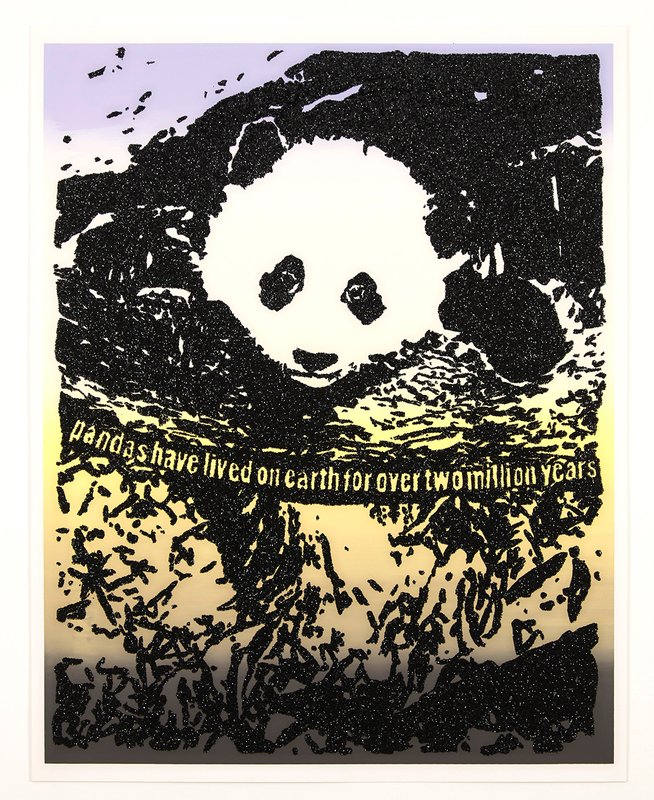
“Time”, wrote Theophrastus, “is the most valuable thing a man can spend”. Had the philosopher lived not in ancient Greece but rather in China, he would surely have disapproved of giant pandas, animals that (as the comically lengthy title of Rob Pruitt’s print informs us) squander half their life gobbling bamboo, and defecate almost as often as 21st century teenagers check their phones. Beneath a cutesy image of one of these black and white bears, the influential American artist notes that they have “lived on earth for two million years”, some 1,800,000 years longer than homo sapiens. Giant pandas may be currently very close to extinction (there are estimated to be around 1800 in the wild), but by any estimate, over the species’ long existence Ailuropoda melanoleuca has produced a truly extraordinary amount of shit.
For all Pruitt’s perkiness of tone, this work is concerned less with delivering fun ursine facts than with encouraging human viewers to reflect on how they spend their own limited days on Earth. Compared to the giant panda, we can meet our bodies’ basic needs in the blinking of an eye, which in theory gives us plenty of time for self-actualisation. Why, then, do so many of us never get around to writing that novel, volunteering for that cause, answering that spiritual call? Perhaps one answer (as the flecks of glitter that spangle Pruitt’s print suggest) is the glinting distractions served up by late capitalism, a low-nutrient diet on which we feed as ravenously as a panda feeds on bamboo.











